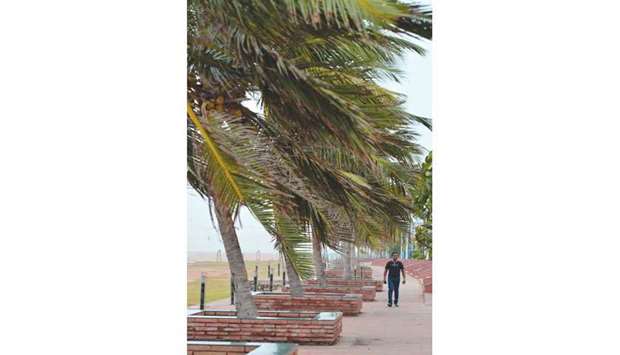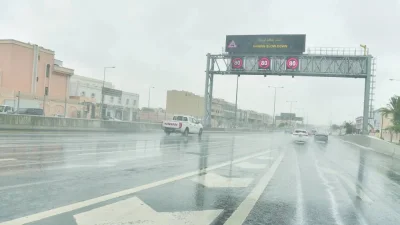In late May, floods were the last thing on Chamindha Fernando’s mind.
A drought that started in late 2016 was in its second year and the biggest local worry was that drinking water in Marawila, a coastal town about 65km north of Colombo, might run out.
So “when we began hearing that there was going to be heavy rains in the coming week from around May 20, at first I did not pay that much attention,” admitted Fernando, who runs a small chicken farm.
But soon the main government official in his area sent messages to business owners such as Fernando, warning them to be prepared for flooding.
Fernando said he didn’t usually trust the forecasts of Sri Lanka’s department of meteorology, which he felt were often cryptic and vague. But this time the alerts were much more precise, saying that after May 22 Marawila and surrounding areas were likely to be hit
by floods.
The Sri Lanka Red Cross also sent the same warnings – and then on May 21 the heavens opened with three days of non-stop rain.
By May 24, Marawila and surrounding areas had received over 350mm (13 inches) of rain in four days – but Fernando had reinforced his chicken hatcheries and pens so that rainwater
could not get in.
“Because I heeded the warnings, I probably avoided losses that could have gone into hundreds of thousands of rupees,” he said.
Sri Lankan weather and disaster offices have for years faced criticism for not providing adequate early warning about extreme weather – a problem that may have contributed to widespread deaths and displacement from mudslides and
flooding, critics say.
But this year that is changing, with government agencies issuing a series of early warning alerts about potential threats, experts say.
On May 22, the Disaster Management Centre put out a landslide warning, relayed from the National Building Research Organisation, that reached scores of landslide-prone villages in the districts of Rathnapura, Kalutara, Kegalle and Nuwera Eliya.
Many families temporarily moved out of their homes in response.
“There was no landslide in our village, but we felt safe staying away from the area and also that someone was monitoring the situation,” said Mariamma Sivalingama, 40, a plantation worker who lives in
Nuwera Eliya.
Brenda Barton, the head of the World Food Programme in Sri Lanka, said government departments and other agencies held meetings in the two weeks before the expected arrival of monsoon rains to try to prepare for potential threats.
The government “took a number of concerted steps and initiatives to heighten preparedness before the monsoon season, including mobilising response teams well in advance and establishing mechanisms to ensure the security and safety of evacuated people and their assets,”
Barton said.
“This year early warning information was more widely and regularly disseminated,” she said.
Disaster experts said one significant change this year was that agencies such as the Disaster Management Centre and the Red Cross begin issuing effective mobile phone warnings.
“Everyone was on SMS, the messages were really fast and really well linked,” said Sudath Madugalle, who oversees early warning and flood relief efforts as deputy general director of the Sri Lanka Red Cross.
May flooding did leave over 150,000 marooned by floodwater and 23 deaths were reported. But the damages and the fatalities were far lower than in 2016 and 2017.
Government and Red Cross officials used a range of official and private networks to get warnings out, with the Disaster Management Centre also sending out police to warn remote
villages, Madugalle said.
The centre also used social media – particularly Facebook and Twitter – to provide updates on risks and issue warnings, while the meteorological department updated its online rain maps every three hours.
“Comparatively, this time we were able to be a bit more proactive,” said Duminda Dissanayake, the government minister in charge of disaster management.
Madugalle, of the Red Cross, said that authorities still need to work on building community awareness about disaster threats, however.
“Past disasters have shown people how dangerous these events can be,” he said. But “we need to continue with awareness programmes so that community level preparedness is
strengthened even more.”

A man walks at the Galle Face promenade during monsoon winds in Colombo yesterday.


